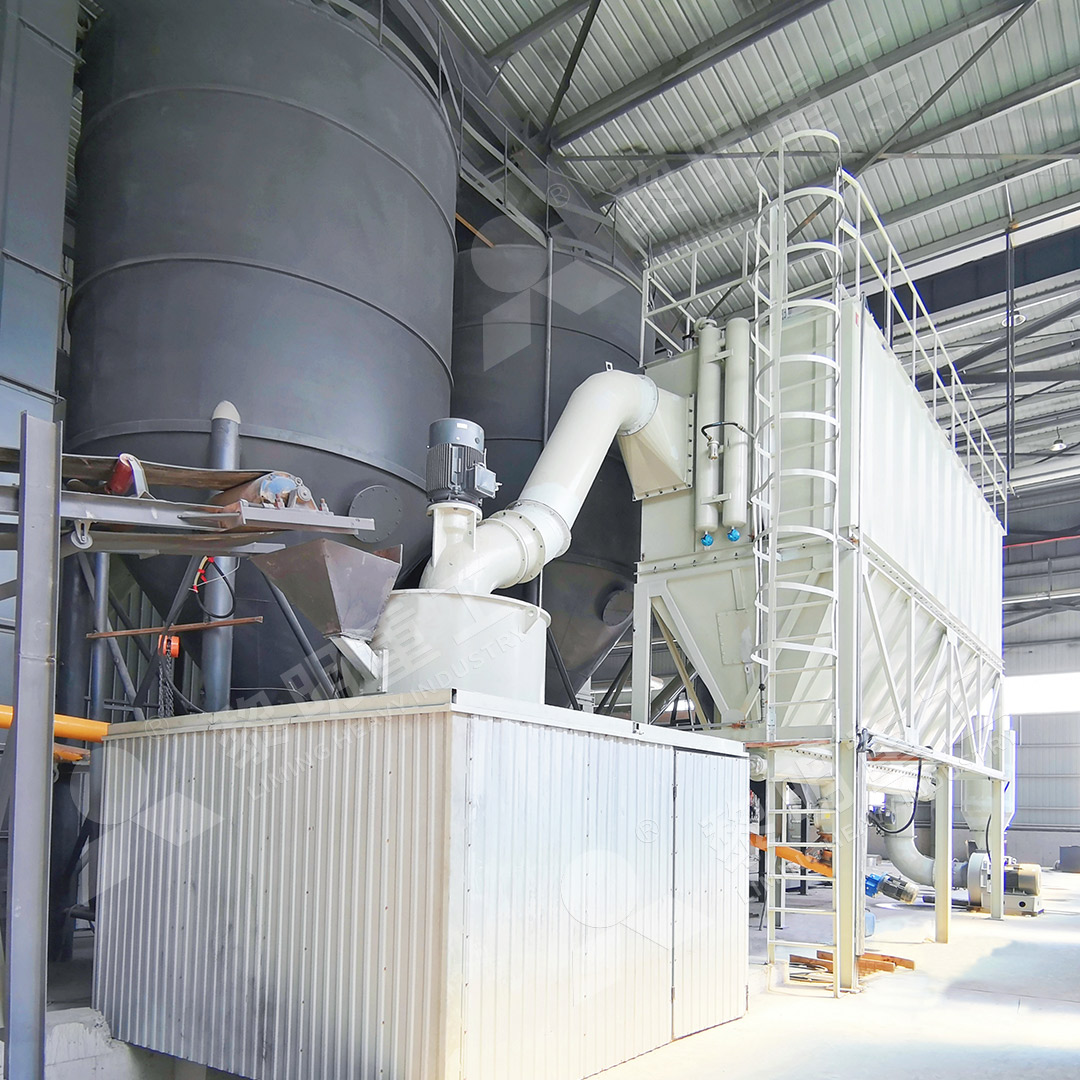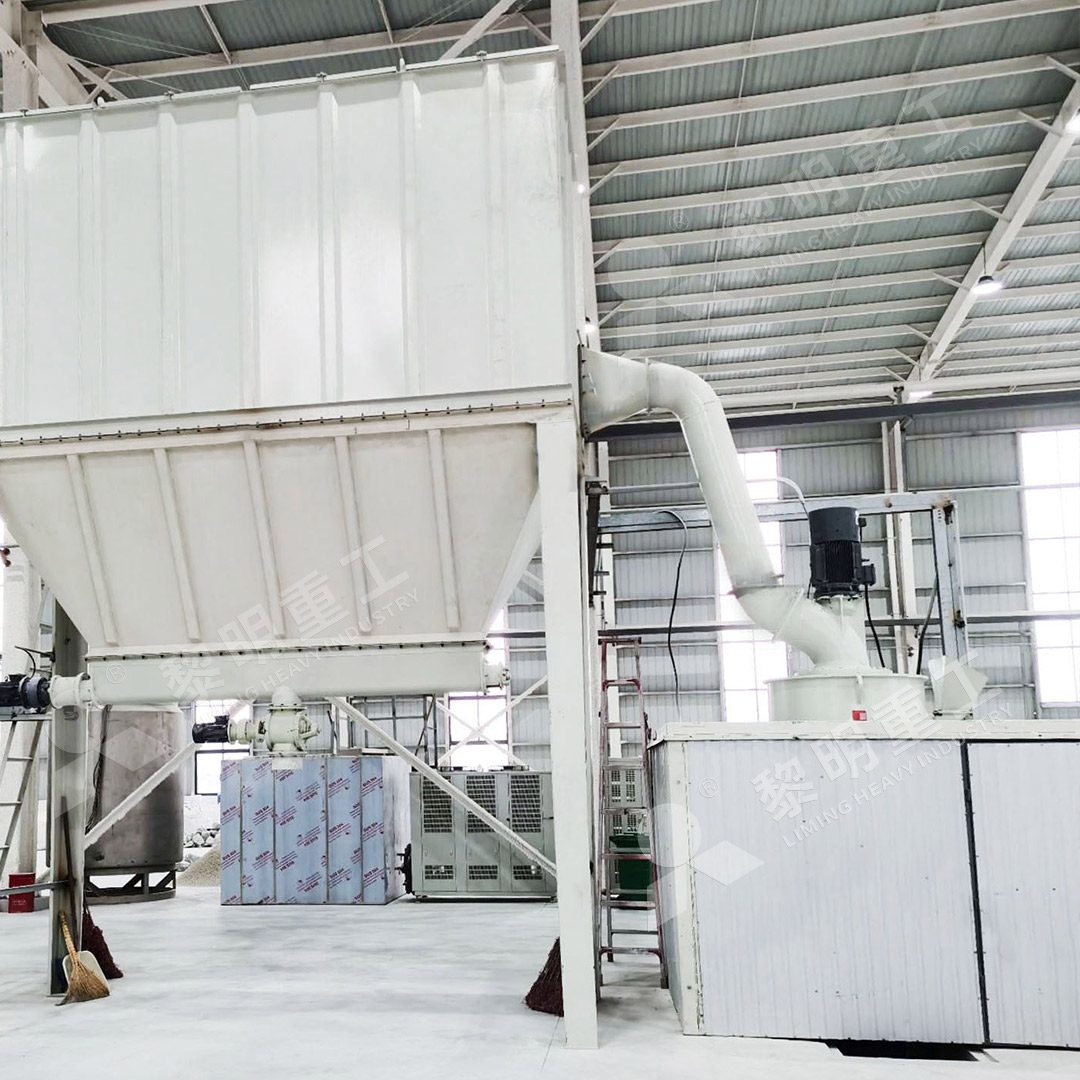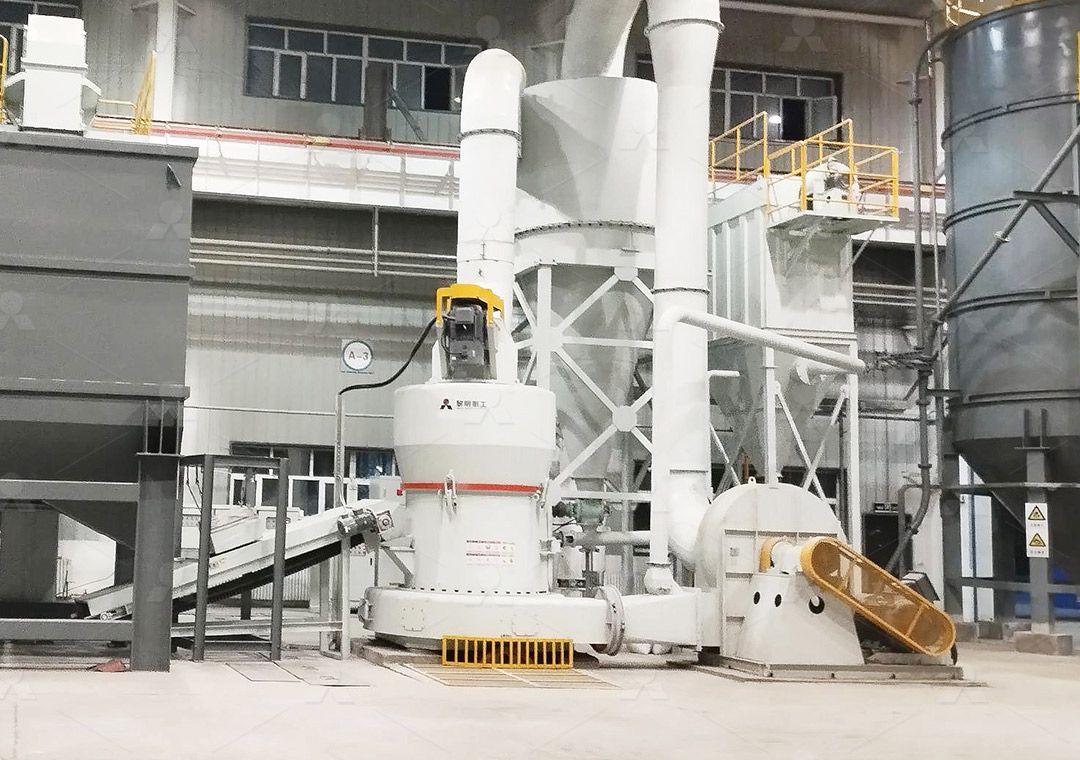High Production Limestone Grinding Mill Machines for Large-Scale Processing
High Production Limestone Grinding Mill Machines for Large-Scale Processing
In the world of industrial mineral processing, limestone stands as one of the most versatile and widely used raw materials. From construction aggregates to fillers in paints and plastics, the demand for high-quality limestone powder is relentless. For large-scale operations, this demand translates into a critical need for grinding machinery that is not only robust and reliable but also exceptionally efficient and capable of producing powders with precise particle size distributions. The choice of grinding mill becomes a cornerstone of profitability and product quality.
The Challenges of Large-Scale Limestone Milling
Processing limestone on an industrial scale presents a unique set of challenges. Operations require equipment that can handle significant throughput, often measured in tens of tons per hour, while maintaining consistent fineness. Energy consumption is a major operational cost, making efficiency paramount. Furthermore, environmental regulations demand systems that minimize dust emissions and noise pollution, ensuring a clean and safe working environment. Downtime for maintenance is incredibly costly, so reliability and easy access to wear parts are non-negotiable features for any serious operation.

Advanced Solutions for Modern Processing Plants
Meeting these challenges requires innovative engineering. Modern grinding mills have evolved far beyond traditional ball mills, incorporating advanced technologies for classification, grinding mechanics, and system control. The key is to achieve a higher yield with lower energy input, all while allowing for flexible adjustment of the final product’s fineness to meet specific market requirements.
Our Recommended Solution: The MW Ultrafine Grinding Mill
For operations focused on producing ultra-fine limestone powder (325-2500 meshes), our MW Ultrafine Grinding Mill is an exceptional choice. This machine is specificaly engineered for customers who need to make ultra-fine powder without compromising on capacity or environmental standards.
With an input size of 0-20 mm and a capacity range of 0.5-25 tph, it’s built for robust performance. Its design boasts several critical advantages for large-scale processing:
- Higher Yielding, Lower Energy Consumption: Newly designed grinding curves enhance efficiency, offering production capacity 40% higher than jet mills while consuming only 30% of the energy.
- Adjustable Fineness: A German-technology cage-type powder selector allows precise adjustment between 325-2500 meshes, achieving a screening rate of d97≤5μm in a single pass.
- Enhanced Reliability: A unique design eliminates rolling bearings and screws inside the grinding chamber, virtually eliminating failures related to these components. External lubrication allows for 24/7 operation.
- Eco-Friendly Operation: An efficient pulse dust collector and muffler system ensure the entire milling process meets strict national environmental protection standards, with no dust pollution and minimal noise.

Beyond Ultra-Fine: The LM Vertical Grinding Mill for High Capacity
For projects requiring massive throughput of slightly coarser materials, our LM Vertical Grinding Mill is a powerhouse. Handling input sizes up to 70 mm and capacities from 3-340 tph, it integrates crushing, drying, grinding, classifying, and conveying into a single, compact unit. Its vertical structure reduces its footprint by 50% compared to ball mill systems and saves 30%-40% in energy consumption. It’s the ideal workhorse for large-scale production of limestone for applications in cement, power plant desulfurization, and construction materials.
Conclusion: Investing in Efficiency and Stability
Selecting the right grinding mill is a strategic decision that impacts every aspect of a large-scale limestone processing operation. It’s not just about pulverizing rock; it’s about doing so efficiently, reliably, and sustainably. By choosing advanced mills like the MW or LM series, operators invest in technology that maximizes yield, minimizes operational costs, and ensures long-term, worry-free production. In the competitive world of industrial minerals, that’s not just an advantage—it’s a necessity.

